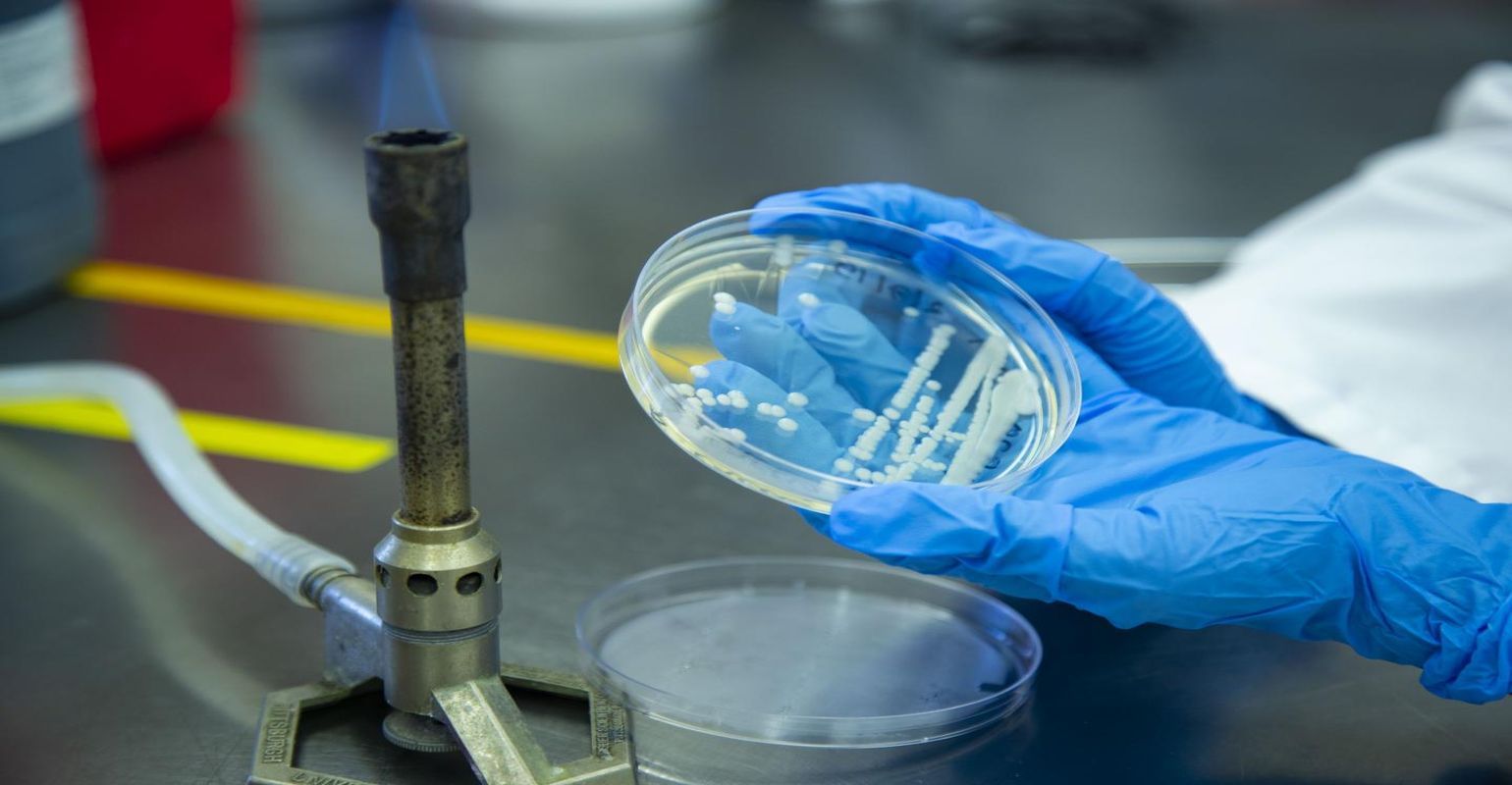More Scrutiny Needed for Less-Deadly Foodborne Bacteria

Employing advanced genetic-tracing techniques and sharing the data produced in real time could limit the spread of bacteria -- Bacillus cereus -- which cause foodborne illness, according to researchers who implemented whole-genome sequencing of a pathogen-outbreak investigation.
"Here, in our study, we use this approach for the first time on Bacillus cereus," said Jasna Kovac, assistant professor of food science, Penn State. "It is our hope that whole-genome sequencing of Bacillus will be done more often as a result of our research, as it allows us to differentiate between the various species of Bacillus cereus group and project the food-safety risk associated with them."
Done in response to an outbreak of foodborne illness in upstate New York in 2016, the project marked the first time researchers conducted whole-genome sequencing to investigate a Bacillus cereus outbreak to link isolates from human clinical cases to food. The outbreak, which lasted less than a month, stemmed from contaminated refried beans served by a small Mexican restaurant chain.
Although the toxin-producing bacteria are estimated to cause 63,400 foodborne disease cases per year in the United States, Bacillus cereus does not receive the attention given to more deadly foodborne pathogens such as Listeria and Salmonella.
Because illness caused by Bacillus cereus typically resolves within days and outbreaks are self-limiting in nature, foodborne illness caused by members of this pathogen group are under-reported. Although there have been reports of severe infections resulting in sudden patient death, Bacillus cereus group isolates linked to human clinical cases of foodborne disease typically do not undergo whole-genome sequencing, as is becoming the norm for other foodborne pathogens.
In this case, the New York State Department of Health coordinated the epidemiological investigations. The methods included a cohort study; food-preparation review; a food-product traceback; testing of environment; food and water; and an investigation at a production/treatment plant in Pennsylvania that produced the contaminated refried beans. The researchers sequenced the majority of Bacillus cereus isolates, from both food and humans, at the Penn State Genomic Core Facility, which is part of the Huck Institutes of the Life Sciences.
Whole-genome sequencing reveals the complete DNA make-up of an organism, enabling scientists to better understand variations both within and between species. These variations are often linked with the organisms' ability to cause different types of foodborne illness.
Bacillus cereus toxins can cause two types of illness. One type is characterized by diarrhea, and the other, called emetic intoxication, by nausea and vomiting. In the researchers' findings, reported Feb. 12 in Frontiers in Microbiology, they found that the causal agent in the upstate New York outbreak was a strain of the bacteria that produces the emetic toxin.
Whole-genome sequencing is a fairly new approach in food safety, Kovac pointed out.
"It was piloted for investigations of Listeria outbreaks in 2013, and we have learned that using this technique allows for a faster detection of epidemiologically linked isolates and sources of food contamination that help stop outbreaks early on," she said.
Initially, Kovac explained, Listeria was chosen for whole-genome sequencing because it does not have an incredible amount of cases each year, unlike Salmonella, so it was manageable to test the approach. It was also an important pathogen to study and test because Listeria infections often result in serious illness, hospitalization and even death.
The approach was so successful in early detection of outbreaks, Kovac noted, that in January of this year all the public health labs in the U.S. moved to whole-genome sequencing of Listeria isolates obtained from human specimens, the environment or food. The next step is to do the same for other foodborne pathogens.
By paying more attention to the Bacillus cereus group, scientists can get more accurate and realistic data about the prevalence of the pathogens in the Bacillus cereus group, Kovac added. That will enable them to better estimate the economic burden due to foodborne illness associated with the pathogen.
What really helps in prevention and early detection of outbreaks is the real-time sharing of whole-genome sequencing data, she explained. When a lab sequences an isolate, the sequences are usually uploaded to the National Center for Biotechnology Information public database and they become globally available to any lab that wants to access them.
"This has helped in solving international foodborne outbreaks in the past, since strains of foodborne pathogens often carry 'geographical signatures' that provide valuable clues in outbreak investigations," Kovac said. "Data sharing allows labs across the U.S. to see, at the same time, an outbreak that is happening, and as the number of cases increases above the usual baseline, epidemiologists can react by investigating the outbreak and identifying the source much faster, to limit the outbreak."
Also involved in the research were Manjari Mukherjee, graduate student, Penn State Department of Food Science; Laura Carroll and Martin Wiedmann, Department of Food Science, Cornell University; and David Nicholas, Lisa Mingle, Nellie Dumas and Jocelyn Cole, New York State Department of Health.
The National Science Foundation and the U.S. Department of Agriculture's National Institute of Food and Agriculture supported this research.
Source: Penn State